The Federal Reserve's delayed rate cut expectations have sent shockwaves through global financial markets, with emerging economies bearing the brunt of the turbulence. As investors recalibrate their portfolios for a "higher for longer" interest rate environment, developing nations face a perfect storm of capital outflows, currency pressures, and mounting debt servicing costs. The ripple effects underscore the fragile position of these markets in an era of prolonged monetary tightening.
A Paradigm Shift in Global Liquidity
Market participants had priced in as many as six Fed rate cuts for 2024 just months ago, but stubborn inflation and robust U.S. economic data have forced a dramatic rethink. The new consensus suggests perhaps one or two modest cuts late in the year, if any. This abrupt shift has triggered violent repricing across asset classes, with emerging market bonds and currencies experiencing particular volatility. The MSCI Emerging Markets Currency Index has shed nearly 4% since January, while dollar-denominated sovereign bonds have seen yields spike.
The strength of the U.S. dollar in this environment creates what economists call a "double tightening" effect for developing nations. Not only do their borrowing costs rise in sympathy with Treasury yields, but their local currencies depreciate - making dollar debts more expensive to service. Countries like Egypt, Pakistan, and Ghana that relied on IMF programs or bilateral support now face renewed balance of payments pressures.
The Debt Overhang Problem
Emerging markets entered this cycle with significantly higher debt levels than during previous Fed tightening episodes. According to IIF data, total EM debt (excluding China) stands at 94% of GDP compared to 78% before the 2013 taper tantrum. The composition has also shifted dangerously toward hard currency obligations, with dollar-denominated bonds accounting for nearly 25% of external debt compared to 18% a decade ago.
This debt structure leaves little margin for error. "Many frontier markets essentially borrowed against future rate cuts that aren't materializing," notes Ramiro de Altube, Latin America strategist at StoneX Group. "The refinancing wall hitting in 2024-25 now looks much more daunting with 10-year Treasury yields stubbornly above 4.5%." Countries like Kenya, Tunisia, and El Salvador face particularly acute rollover risks in coming quarters.
Policy Dilemmas for Central Banks
Emerging market policymakers find themselves trapped between competing priorities. While inflation has moderated in most developing economies, maintaining positive real interest rates remains crucial to prevent capital flight. However, keeping rates elevated for extended periods risks choking off already-weak economic growth.
Brazil's central bank provides a case study in this difficult balancing act. After cutting rates by 300 basis points since August, policymakers have signaled a pause as the Fed outlook shifted. "The external environment forces us to be more cautious," acknowledged Campos Neto, the bank's president. Similar stories are playing out from Jakarta to Johannesburg as EM central banks walk a monetary policy tightrope.
Diverging Fortunes Within EM
Not all emerging markets face equal vulnerability. Countries with strong reserve buffers, current account surpluses, and domestically-funded debt markets have shown remarkable resilience. India's rupee and Indonesia's rupiah have outperformed peers, benefiting from robust foreign exchange reserves and relatively low external financing needs.
Commodity producers are experiencing something of a silver lining. While higher U.S. rates pressure their currencies, elevated prices for oil, copper, and agricultural goods have supported export earnings. This has helped cushion the blow for nations like Chile, South Africa, and Malaysia that depend on resource exports.
At the opposite extreme, frontier markets with twin fiscal and current account deficits face existential threats. The Zambian kwacha's 30% plunge this year highlights how quickly sentiment can turn against the most vulnerable borrowers. Without access to international capital markets, these nations increasingly rely on painful IMF adjustment programs.
The China Factor
China's economic slowdown adds another layer of complexity to the EM landscape. As the largest trading partner for many developing nations, weaker Chinese demand compounds the pain from tighter global financial conditions. Industrial metal exporters in Africa and South America have been particularly hard hit by softening Chinese commodity imports.
Beijing's own policy response creates additional spillover effects. The People's Bank of China has moved in the opposite direction of the Fed, cutting rates to stimulate growth. This monetary policy divergence puts pressure on Asian currencies pegged to or influenced by the yuan, forcing regional central banks to choose between growth and currency stability.
Investor Sentiment at a Crossroads
The asset allocation calculus for EM investors has fundamentally changed. "The old playbook of front-running Fed pivots doesn't work when cuts keep getting pushed further into the future," observes Daniel Wood, head of EM debt at William Blair Investment Management. His firm has reduced exposure to low-rated sovereign bonds in favor of corporate issuers with stronger balance sheets.
Some contrarians see opportunity in the turmoil. "Valuations are pricing in an overly pessimistic scenario," argues Maria Negrete-González, who manages $2.5 billion in EM assets at T. Rowe Price. She's been adding selectively to local currency debt in countries like Mexico and Brazil where real yields provide an attractive cushion against further dollar strength.
Yet the overall picture remains challenging. EPFR Global data shows EM bond funds have suffered 14 consecutive weeks of outflows totaling $12.6 billion - the longest streak since 2022. Equity funds haven't fared much better, with year-to-date withdrawals approaching $8 billion.
Structural Shifts on the Horizon
The current crisis may accelerate several long-term trends in emerging markets. Many countries are likely to pursue debt restructuring sooner rather than later, following the examples of Sri Lanka and Ghana. There's also growing interest in local currency bond markets development to reduce dollar dependency, though progress remains slow.
Trade patterns continue evolving as well. The share of EM-EM trade has reached record highs as developing nations seek to reduce exposure to G10 economic cycles. Regional payment systems and currency swap lines are gaining traction as alternatives to dollar clearing.
Perhaps most significantly, the episode reinforces the need for macroeconomic discipline. Countries that used the era of cheap money to implement structural reforms - like India's GST unification or Brazil's pension overhaul - are weathering the storm far better than those that squandered the opportunity. This lesson won't be lost on policymakers as they navigate the uncharted waters of prolonged high rates.
As the global financial system adjusts to this new reality, emerging markets face tough choices between short-term stabilization and long-term transformation. The path they choose will determine whether this crisis becomes a temporary setback or a permanent reordering of the economic landscape.
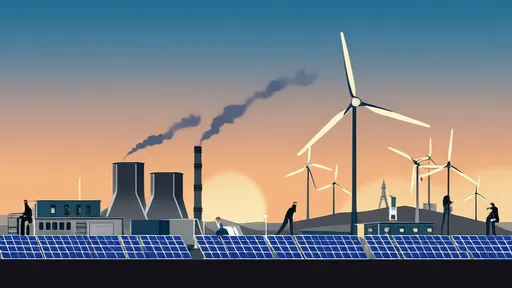
By /Jun 23, 2025

By /Jun 23, 2025
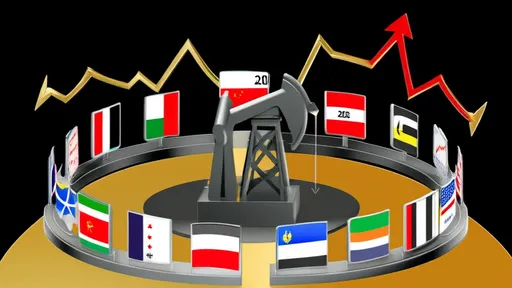
By /Jun 23, 2025

By /Jun 23, 2025

By /Jun 23, 2025

By /Jun 23, 2025

By /Jun 23, 2025
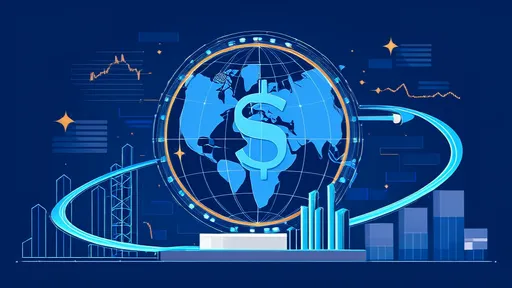
By /Jun 23, 2025
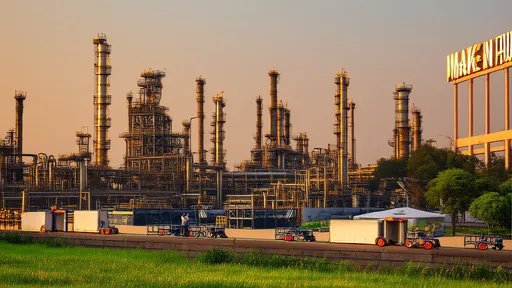
By /Jun 23, 2025
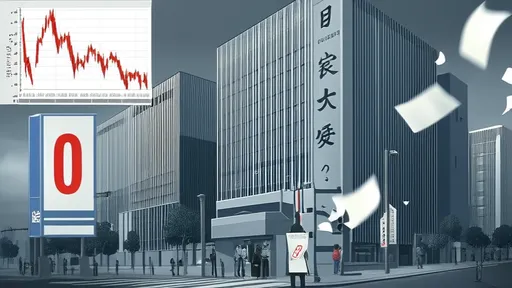
By /Jun 23, 2025

By /Jun 23, 2025
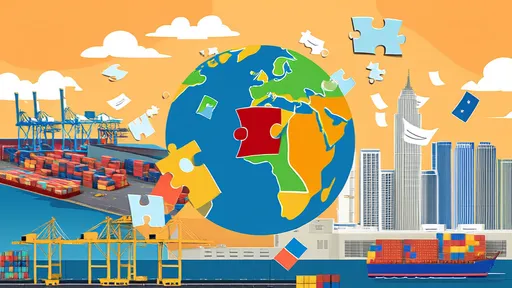
By /Jun 23, 2025
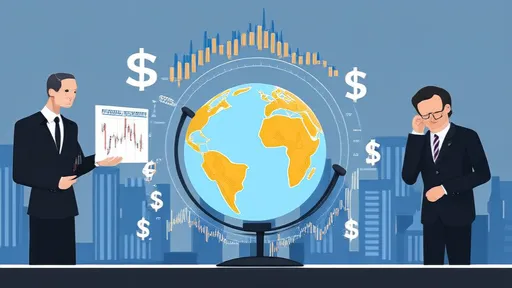
By /Jun 23, 2025

By /Jun 23, 2025

By /Jun 23, 2025

By /Jun 3, 2025

By /Jun 3, 2025